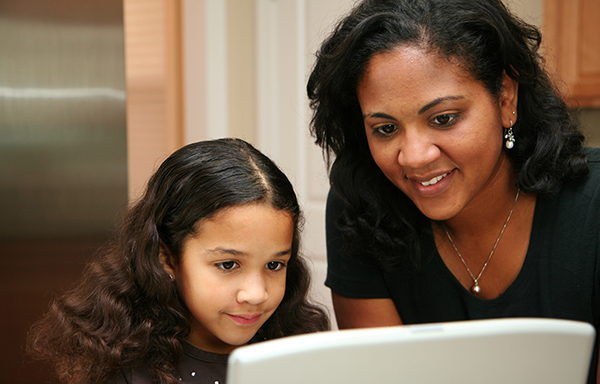Supporting children and young people with SLCN to share their views.

By Kate Freeman Consultant – Speech and Language in Education
Helping children and young people to find their voices is an important part of every educator’s role. Sometimes this might mean that we hear things from them that we did not want to hear. This reminds me of the old maxim ‘If you don’t want to know the answer, don’t ask the question!’
The new children’s commissioner, Dame Rachel de Souza has recently launched The Big Ask: Through this survey, Dame de Souza is aiming to find out from children and young people (aged 4 to 18+) what concerns them, what interests them and what they want to be different. The survey closes on May 28th and I, for one, am hoping that this takes into account views from children across the ability ranges and includes those with disabilities too.
One group who are particularly disadvantaged when it comes to making their needs known are children and young people with speech, language and communication needs (SLCN). This group, by virtue of their difficulties, is less able and likely to communicate feeling and wishes through words. So, we need to be smarter about finding out what these children and young people really feel and want. We can do this in a number of ways:
- cue children and young people into the topics that we are discussing and perhaps use some visual support to help this;
- make the questions that we are asking more accessible;
- be better at recognising children and young people’s feelings and views, communicated in a range of ways (from facial expressions, body language, through signs, symbols and pictures to simple words spoken or delivered through a communication aid).
In 2012, the Better Communication Research programme carried out a project to identify desired outcomes as perceived by children and young people with SLCN. They took an ‘appreciative inquiry’ approach focusing on:
- What is good? (Now)
- What could be better? (Now)
- What could be better? (Future)
The research team carried out arts-based participatory workshops with the children and young people concerned, encouraging them to draw (and talk about) their responses to each question. Specifically designed stickers and pre-prepared items were also used with children who didn’t feel so capable drawing.
In identifying what the children and young people wanted to be better, templates of walls and mountains were used to indicate aspects that might prevent individuals from getting where they want to be. In addition, a large ladder picture helped the groups to identify how close they currently were to where they wanted to be.
The final activity focused on ideas for the future support of children and young people. The individuals were asked to describe how their futures might look, if they could overcome the problem identified in the walls and barriers exercise. The ideas were written on cloud shapes (by the individuals or someone working with them) and hung on a washing line. This had the added advantage of demonstrating to the children and young people that their views were being heard.
Another exercise used in the same research, with a different group of children and young people, was to read out individual words that described how they might feel, or what they might want. The individual child or young person then accepted or rejected the word, putting them into their own individual bag if they thought it was relevant to them. If it was not relevant, the word was put in a different location. At the end of the exercise, the words that each individual had in their bag were sorted and placed on a (dartboard style) target. The most important words were placed towards the centre of the target, giving an understanding of the children or young person’s priorities.
Other methods of supporting individuals with SLCN include Talking Mats. The website describes how this low tech method uses three sets of picture communication symbols – topics, options and a visual scale, along with a space on which to display them.
The topics describe areas to talk about eg, pictures symbolising ‘what do you want to do during the day’; ‘where do you want to live’; ‘who do you want to spend time with’, etc. The options include pictures relating specifically to each topic. For example: ‘What do you feel about going for a walk? Or living at home?’. The scale enables participants to indicate their general feelings about each topic and option. The meaning of the visual scale can be adapted to suit the questions you are asking the person, for example, whether they are happy, unsure, or unhappy. The authors identify ‘Once the topic is chosen e.g., ‘activities’ or ‘people’, the participant is given the options one at a time and asked to think about what they feel about each one’. They can then place the symbol under the appropriate part of the visual scale to indicate what they feel.
Whatever method we use and however we choose to find out, the important things are to expect to involve children and young people in decisions about their lives and their futures; to include all children in these discussions, including children with SLCN; and that we adapt our communication attempts to ensure that children and young people with SLCN are able to fully engage.